In the rapidly evolving digital marketing landscape, paid advertising has become an essential strategy for businesses seeking immediate visibility and targeted audience engagement. Whether you’re a startup looking to establish market presence or an established brand aiming to expand reach, understanding the intricacies of pay-per-click (PPC) and media buying can transform your marketing efforts from hit-or-miss to precision-targeted campaigns. Modern digital advertising offers unprecedented opportunities to connect with potential customers, drive conversions, and maximize return on investment through strategic, data-driven approaches.
Understanding Paid Advertising Fundamentals
Paid advertising represents a dynamic digital marketing approach where businesses pay to display targeted advertisements across various online platforms. These platforms include search engines like Google, social media networks such as Facebook and LinkedIn, display networks, and programmatic advertising channels. Unlike organic marketing strategies that rely on natural content visibility, paid advertising provides immediate exposure and precise audience targeting capabilities. Marketers can leverage advanced demographic, behavioral, and interest-based targeting options to reach specific customer segments with remarkable accuracy.
Key components of successful paid advertising include comprehensive keyword research, compelling ad creative, strategic budget allocation, and continuous performance optimization. Businesses must develop a nuanced understanding of their target audience’s online behaviors, preferences, and pain points to craft messages that resonate and drive meaningful engagement. Advanced tracking technologies and analytics tools enable marketers to measure campaign performance in real-time, allowing for rapid adjustments and data-driven decision-making.
Pay-Per-Click (PPC) Advertising Strategies
PPC advertising represents a powerful model where advertisers pay only when users actively click on their digital advertisements. Google Ads remains the most prominent PPC platform, offering extensive reach across search and display networks. Successful PPC campaigns require meticulous keyword selection, compelling ad copy, and optimized landing pages that align seamlessly with user search intent. Marketers must develop sophisticated keyword strategies that balance high-volume search terms with more specific, lower-competition long-tail keywords to maximize cost-effectiveness.
Advanced PPC tactics include implementing robust negative keyword strategies to prevent irrelevant clicks, utilizing ad extensions to provide additional information, and developing granular campaign structures that enable precise performance tracking. Sophisticated advertisers leverage machine learning and automated bidding strategies to optimize campaign performance, allowing algorithms to adjust bids in real-time based on complex performance signals and conversion probability.
Media Buying and Programmatic Advertising
Media buying has transformed dramatically with the emergence of programmatic advertising technologies. These advanced platforms enable real-time bidding and automated ad placement across multiple digital channels, allowing marketers to purchase targeted advertising inventory with unprecedented efficiency. Programmatic advertising utilizes sophisticated algorithms and massive datasets to identify and target specific audience segments across websites, mobile apps, and connected devices.
Successful media buying strategies require a comprehensive understanding of audience segmentation, contextual targeting, and cross-channel performance measurement. Marketers must develop holistic approaches that integrate data from multiple sources, including first-party customer data, third-party audience insights, and advanced tracking technologies. By leveraging machine learning and predictive analytics, media buyers can create highly personalized advertising experiences that deliver maximum engagement and conversion potential.
Advanced Targeting and Audience Segmentation
Modern paid advertising platforms offer unprecedented granularity in audience targeting, enabling marketers to reach incredibly specific customer segments. Beyond basic demographic targeting, advanced strategies incorporate behavioral data, purchase history, engagement patterns, and predictive modeling to create hyper-targeted advertising experiences. Sophisticated marketers utilize retargeting techniques to re-engage users who have previously interacted with their brand, creating multiple touchpoints that increase conversion probability.
Cross-platform targeting strategies allow businesses to create integrated campaigns that maintain consistent messaging across search, social media, display networks, and video platforms. By developing comprehensive audience personas and leveraging advanced tracking technologies, marketers can create seamless, personalized advertising experiences that guide potential customers through complex purchase journeys.
Performance Measurement and Optimization
Effective paid advertising demands rigorous performance measurement and continuous optimization. Marketers must establish clear key performance indicators (KPIs) that align with specific business objectives, whether driving website traffic, generating leads, or increasing direct sales. Advanced analytics platforms provide granular insights into campaign performance, enabling data-driven decision-making and rapid strategic adjustments.
Critical performance metrics include click-through rates, conversion rates, cost per acquisition, and return on ad spend. Sophisticated marketers develop comprehensive testing frameworks that systematically evaluate ad creative, targeting parameters, and landing page designs. By implementing continuous improvement processes and leveraging machine learning technologies, businesses can progressively refine their paid advertising strategies to achieve increasingly efficient and effective results.
Emerging Trends and Future of Paid Advertising
The paid advertising landscape continues to evolve rapidly, driven by technological advancements and changing consumer behaviors. Emerging trends such as artificial intelligence, privacy-focused targeting, and immersive advertising experiences are reshaping digital marketing strategies. Marketers must remain adaptable, continuously learning and integrating new technologies to maintain competitive advantage.
As privacy regulations and consumer expectations transform digital advertising, successful businesses will prioritize transparency, personalization, and value-driven marketing approaches. By developing sophisticated, data-informed strategies that respect user preferences and deliver genuine value, marketers can create meaningful connections that transcend traditional advertising limitations.



 by
by